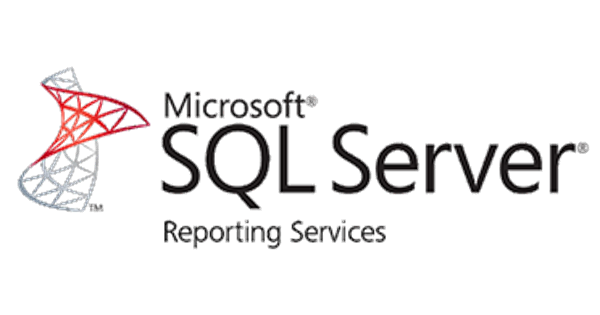
SQL Interview: 101 Restoring successful backups
This is a post in the SQL Interview series. These aren’t trick or gotcha questions, they’re just questions designed to scope out a candidate’s knowledge around SQL Server and Azure SQL Database.
Section: Administration Level: Medium
Question:
If you have successfully created a SQL Server database backup, what could cause you to not be able to restore it, on the same server or another server ?
Answer:
A successful SQL Server backup does not guarantee that it can later be restored successfully. A few important points explain why:
2025-12-26






